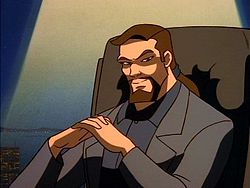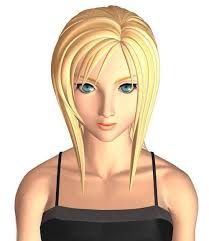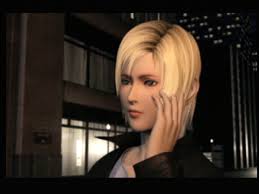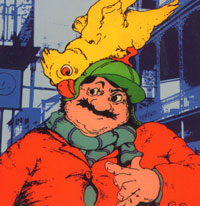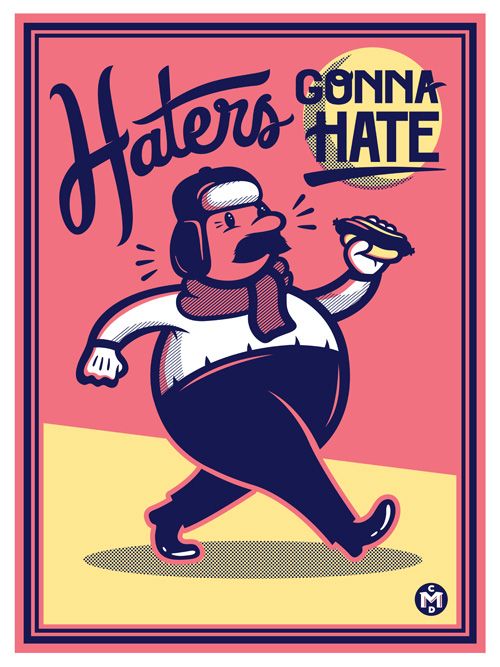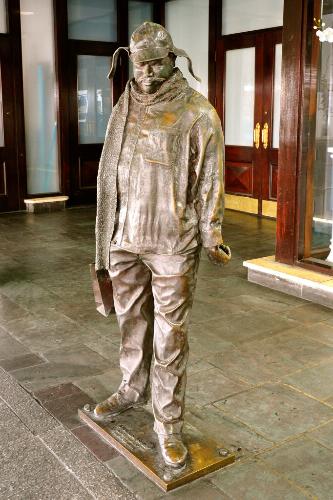****SPOILERS TO FOLLOW****
98: David Xanatos
Created by Greg Weisman and Voiced by Jonathan Frakes for the animated show Gargoyles
First Appearance: 1994
Why do I like Xanatos?! That’s a stupid question. The original antagonist from Disney’s animated epic “Gargoyles”, this dude is the perfected mix between Lex Luthor and Tony Stark – evil, rich, playboy genius with large goals, deep pockets, and a hot-ass wife. He is also voiced by Riker (and, apparently, designed around his look on Star Trek: TNG no less) and he is so damn awesome that he lives in a fucking castle. That he had taken down. In Scotland. And transported across the sea stone-by-stone. And rebuilt. On top of his building. Which is so tall the castle is above the clouds. And he lives in that castle. Every day. For the rest of his life.
Why else to I like this guy? He’s a friggin’ mastermind of both magic and science. And love. He also doesn’t care for revenge, so when the stone behemoth monsters he helped bring back to life best him time and again, his next attempts are never out of desire to return the favor. No, he couldn’t care less about that shit. No, he wants to just keep getting ahead. A failure is merely a road block toward some other major goal. That’s pretty badass.
What else? How about the fact that, when ANY push comes to ANY shove, he will stand up to any oppression that comes his way. Be that on a strength front (he builds a suit that makes him as strong as Goliath, if not stronger, and proceeds to punch the shit out of him at will); be that on a business level (he brings new meaning to “hostile takeover” in regards to his wife, Fox’s dad); or even on a mystical level (when Oberon – that’s right, from Avalon. That shit happens in this show – shows up to claim Xanatos’ kid, he stops him in his tracks. His giant, skyscraper -height tracks). He’s just completely ready for any and all scenarios.
But the primary thing I love about this guy is that his character changes dramatically throughout the course of the show. Comparing him in the early episodes – a Machiavellian tactician only interested in self-worth-improvement – to those of later episodes – a man dedicated to protecting his wife, son, New York City, and in the end, the Gargoyles themselves – its clear that the writers of this show had an arc planned for him from the start. And I give a lot of props to the makers of this program for it, because they could have just left him a ham-fisted Lex Luthor clone. But instead, Xanatos gets to alter himself for the better, becoming a much more interesting character in the end.
Also? That goatee.
Favorite Portrayal:
He was in a comic book about the events following the show but fuck that. Without the voice, who cares?
Favorite Quote:
While BACK IN TIME BECAUSE HE’S DONE THAT, TOO!
Goliath: If I didn’t fear the damage you would do to the time stream, I’d *gladly* leave you here.
David Xanatos: But you won’t, because you didn’t. Time travel’s funny that way.
Favorite Moment(s):
Here you go!
Added September 22, 2016
This dude is awesome. And that clip is amazing.
God, maybe I should finish this list…?
